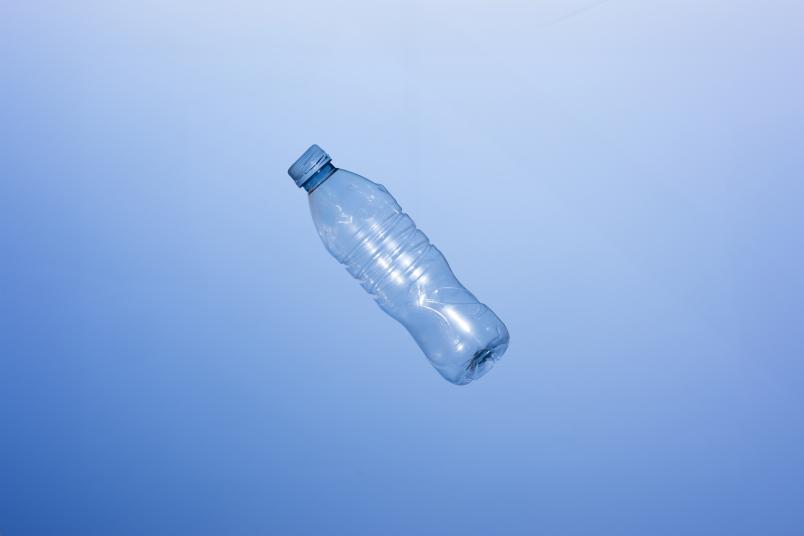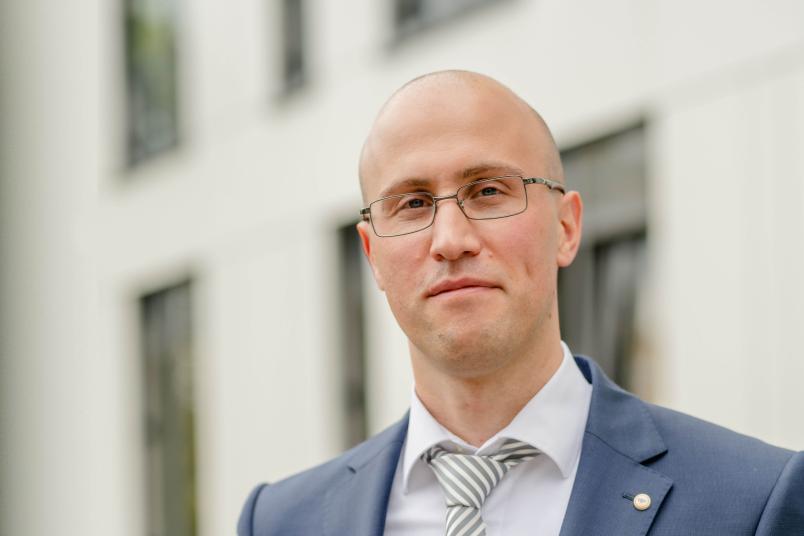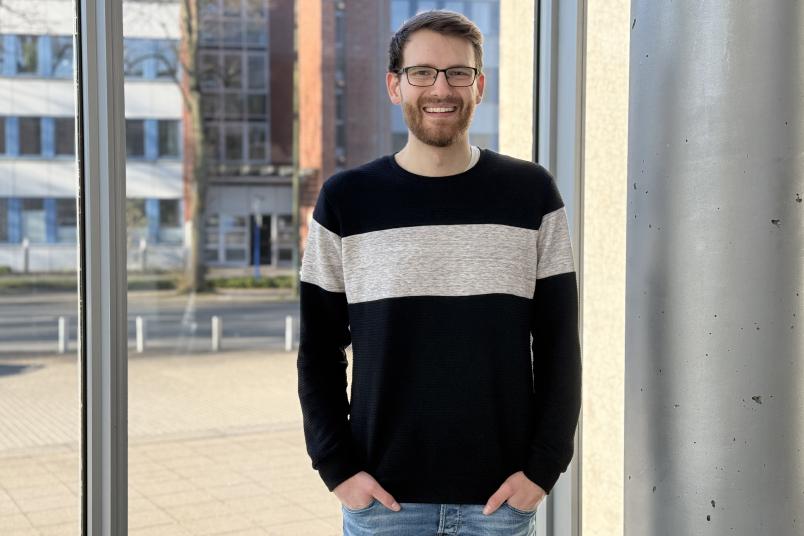Hyperspectral imaging
New Real-time Method for Environmental Monitoring
Detecting microplastics and identifying plant stress at an early stage – this and much more can now be done thanks to a new method based on near-infrared light measurements. It is inexpensive and works in real time.
Researchers from Bochum, Duisburg, Karlsruhe and Münster have developed a new method for environmental monitoring. It is based on near-infrared (NIR) light and enables users to obtain detailed spectral information from various materials and biological samples. The team headed by Jan Stegemann and Professor Sebastian Kruss from the Fraunhofer Institute for Microelectronic Circuits and Systems IMS and Ruhr University Bochum, Germany, showed that the HyperNIR technology can be used for non-contact identification of different types of plastic, for example, which is useful for recycling processes and the detection of microplastics. The researchers have published a paper on the technology in the journal “Advanced Science”, online on March 4, 2025.
Near-infrared light, which is invisible to humans, contains valuable information about the chemical composition of a sample. Previous methods displayed it either as a grayscale image or as a spectrum, i.e. as an intensity distribution for different wavelengths. The new method is based on hyperspectral imaging, i.e. the combination of spectral and spatial information. Using inexpensive and commercially available components, the researchers are able to transform any standard camera into a HyperNIR camera in order to convert spectral information into images. They use controllable polarization optics for this purpose. External markers, such as dyes, can also be captured, but are not required.
Process works in real time
The system takes three images of each sample, which provide detailed spectral information. While conventional methods require time-consuming scanning of a sample, the HyperNIR camera is significantly faster. “The ability to analyze different materials and their properties in real time can considerably increase the efficiency of processes in environmental monitoring,” predicts Sebastian Kruss.
The researchers showed, for example, that the HyperNIR technology enabled them to track in real time how a bell pepper plant absorbs water – without contact and without using dyes. “Such hyperspectral imaging can potentially be transferred to other molecules,” says Jan Stegemann. “It could be used to monitor the nutrient content in a plant or to detect pest infestation and plant stress at an early stage.”
Applications also feasible in biomedicine
The HyperNIR method can also be combined with fluorescence microscopy to differentiate between various fluorescent molecules that are used as markers. This means that the system is potentially of interest for biomedical research. The team headed by Jan Stegemann and Sebastian Kruss hopes to explore this area of application in more detail in the future.
“Integrating the process into drones could also help to solve pressing environmental issues in the field of agriculture by opening up a new dimension in data collection and analysis,” as Sebastian Kruss outlines a potential next stage in the development of the technology.


